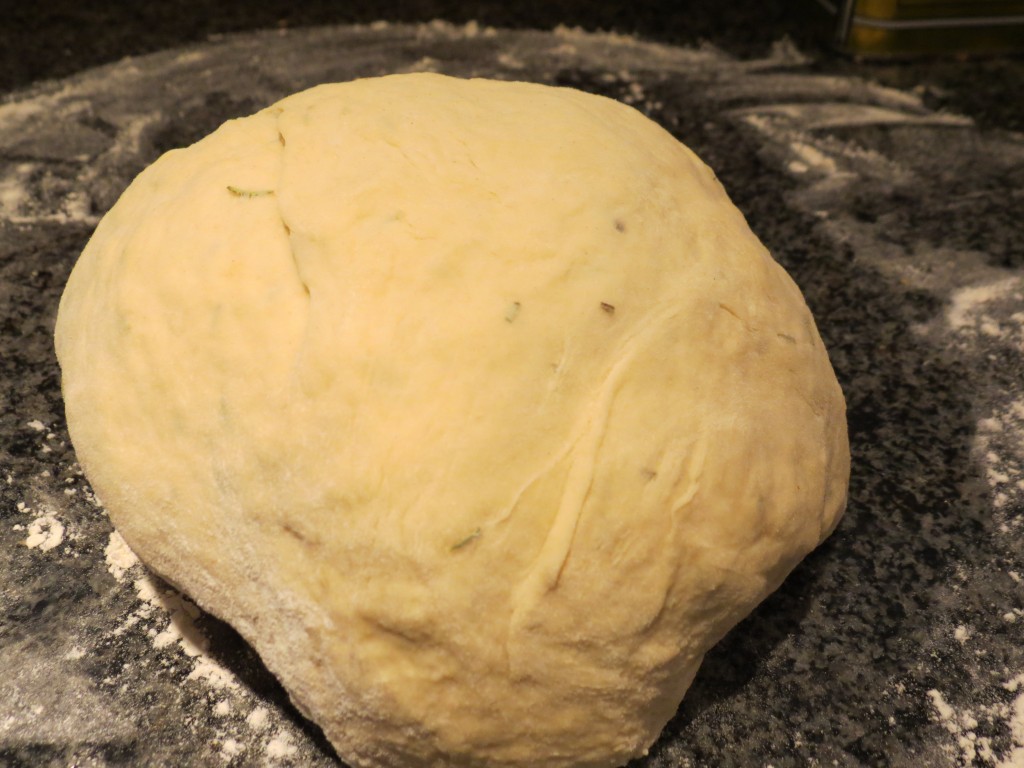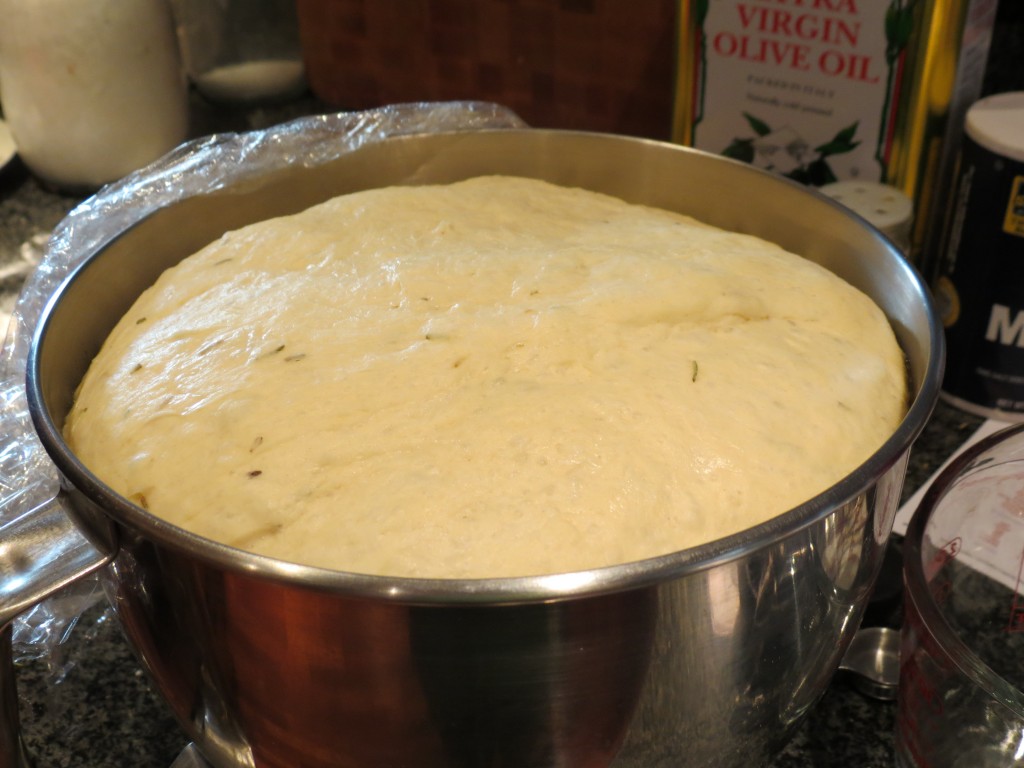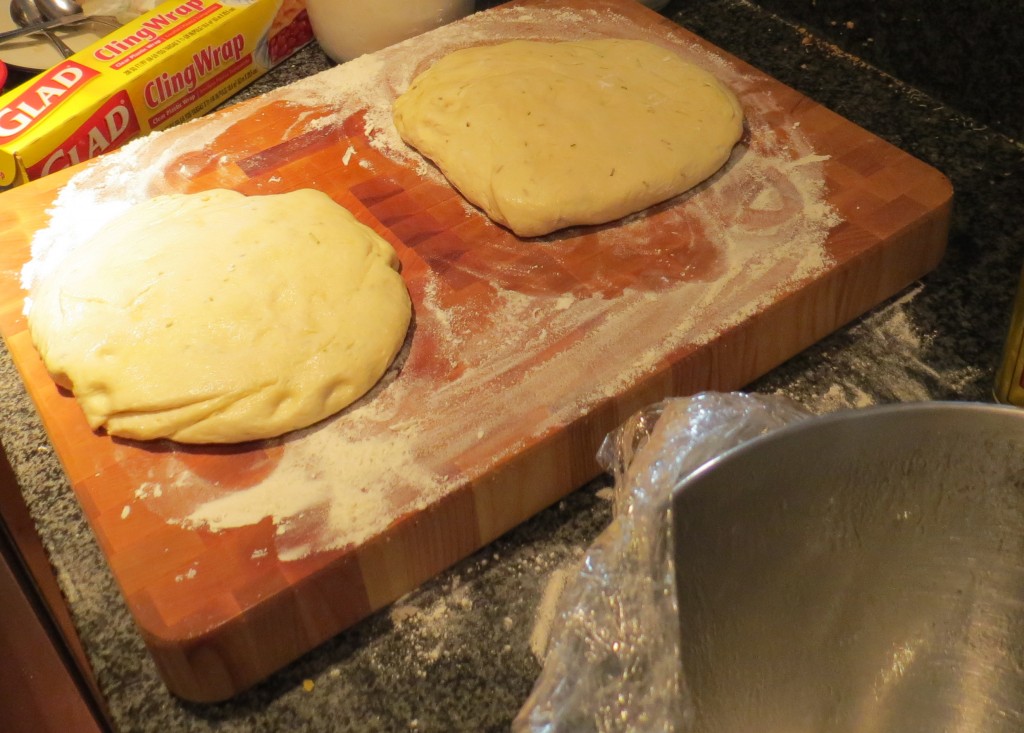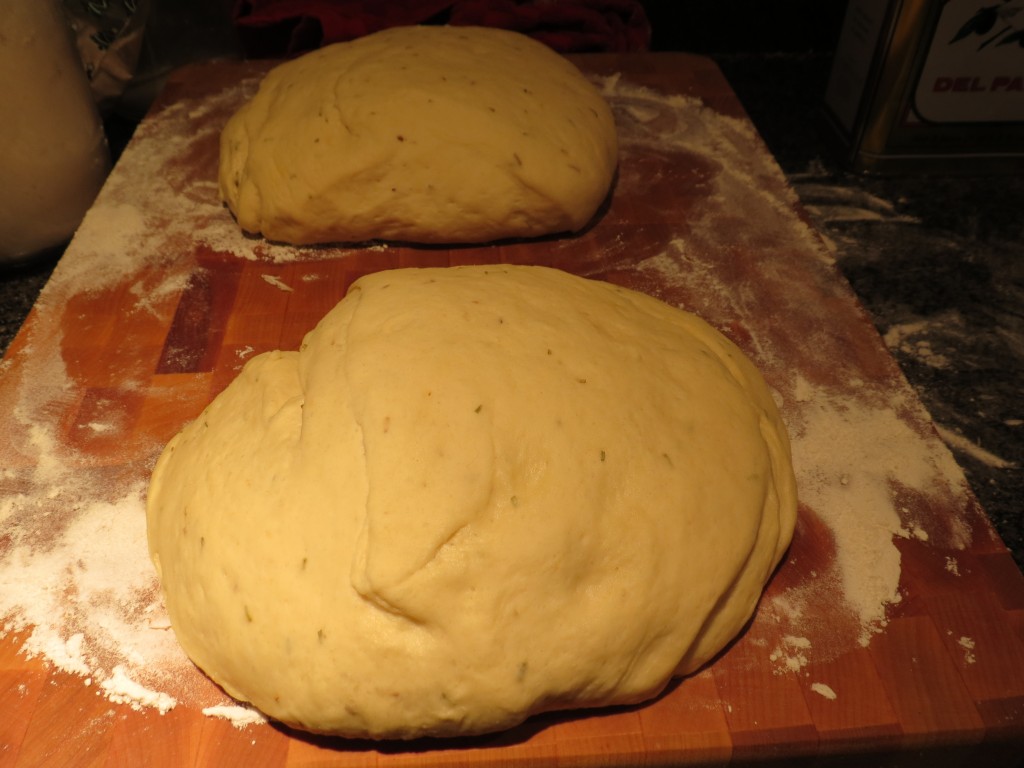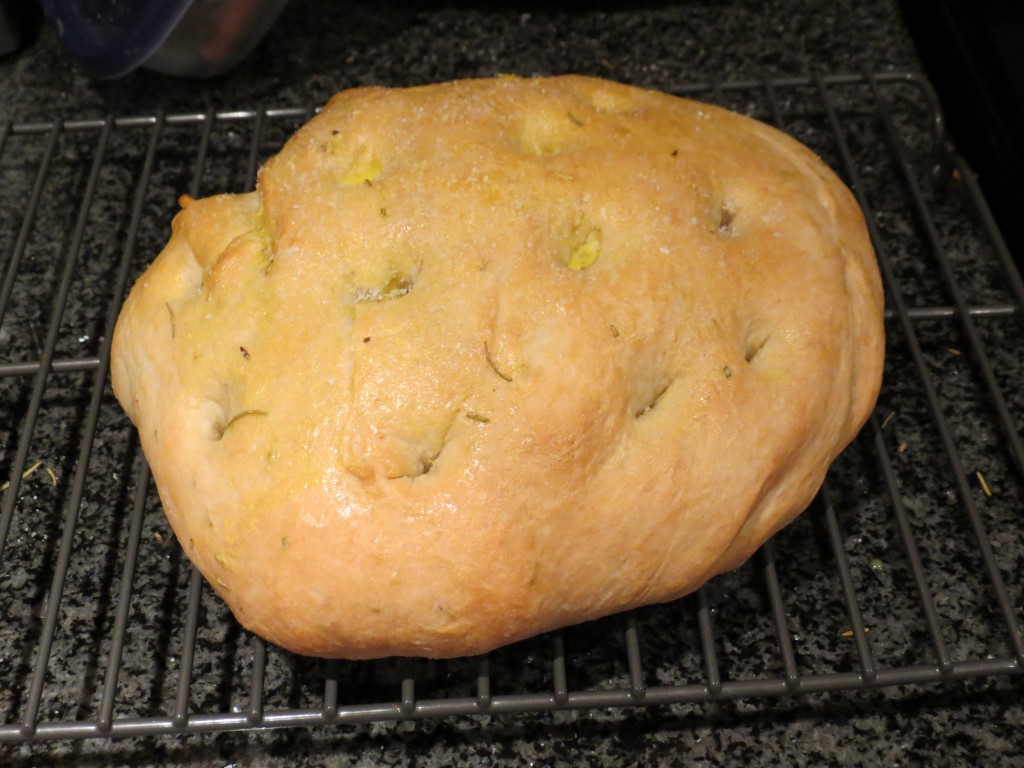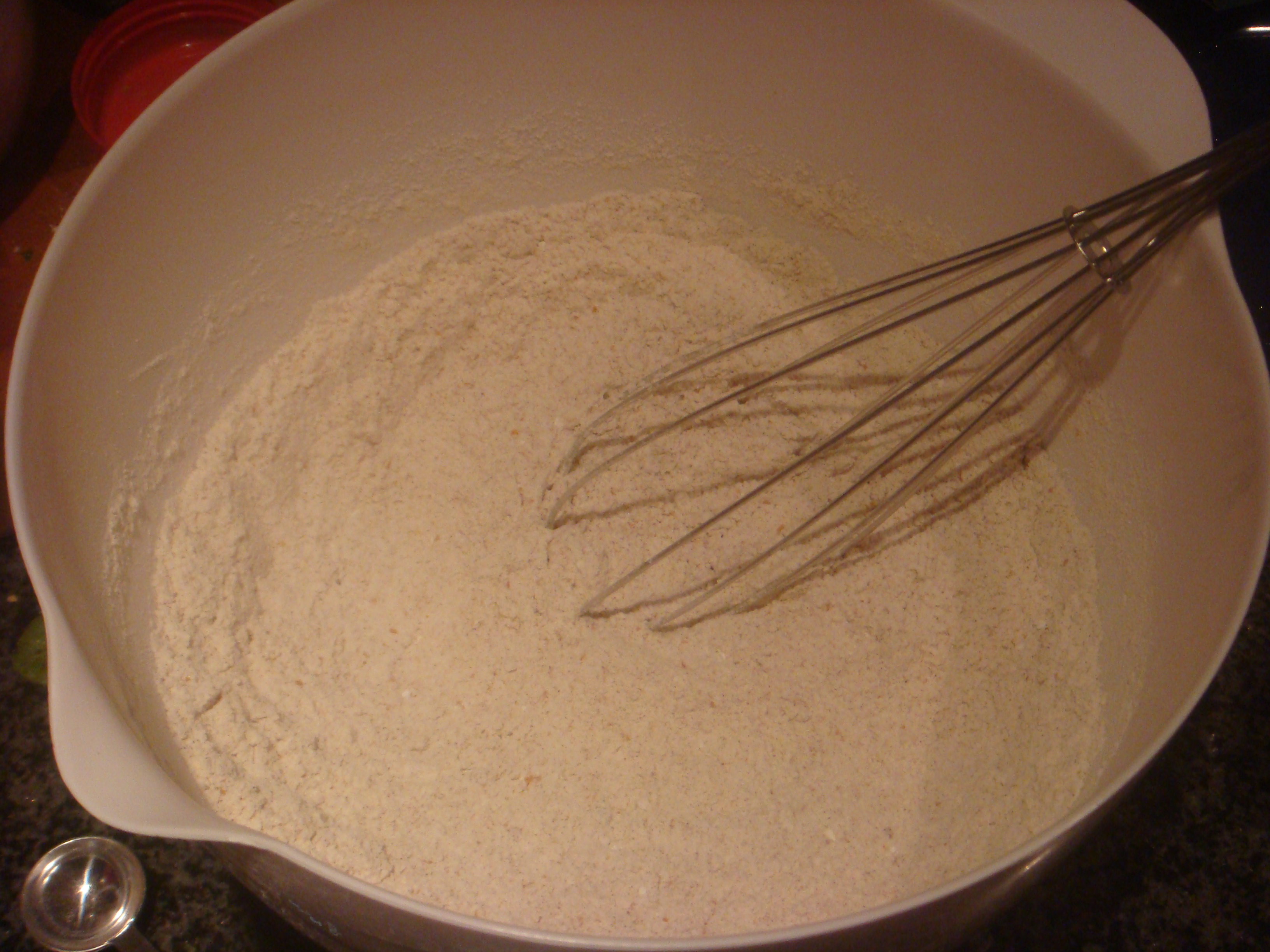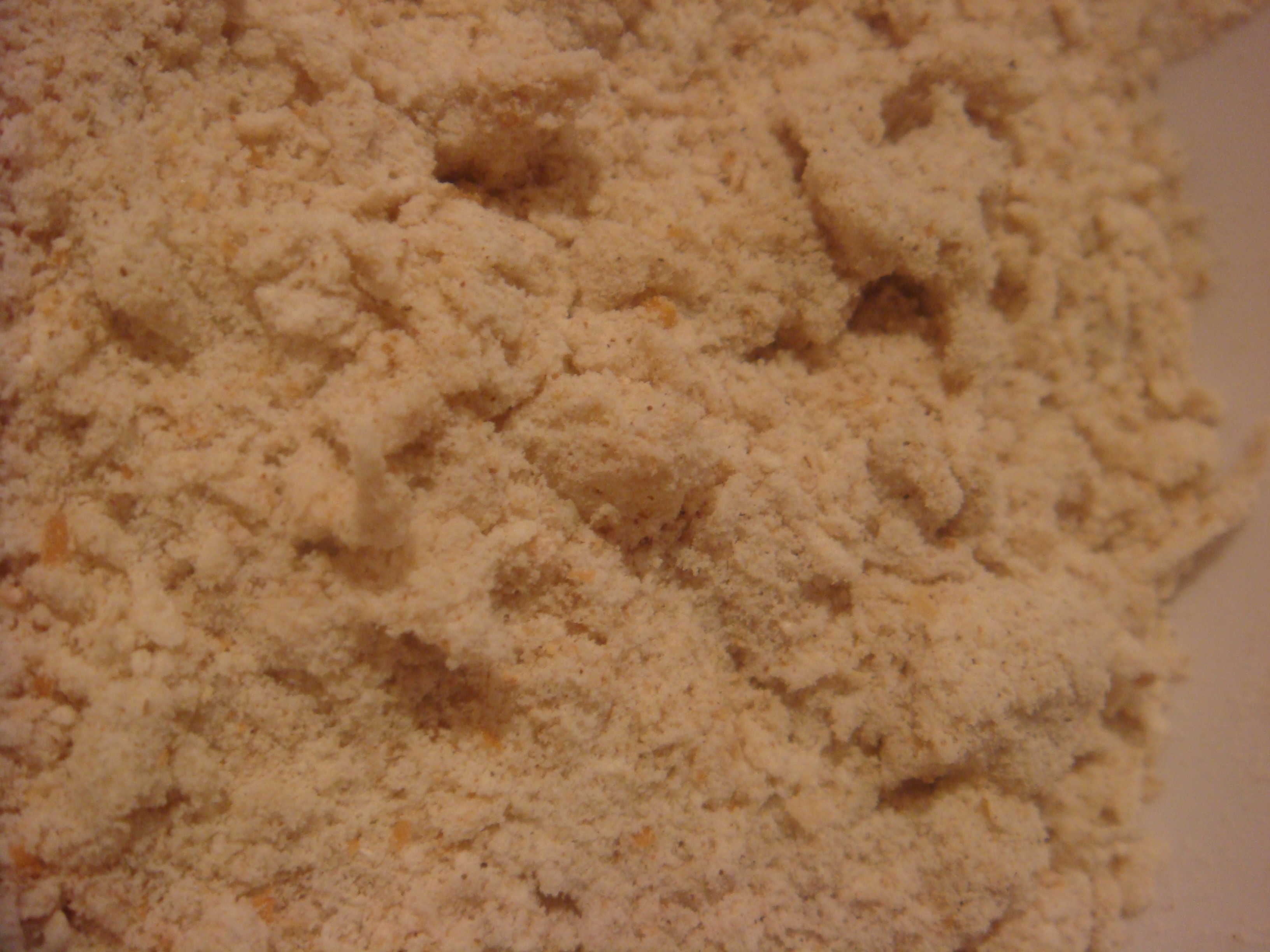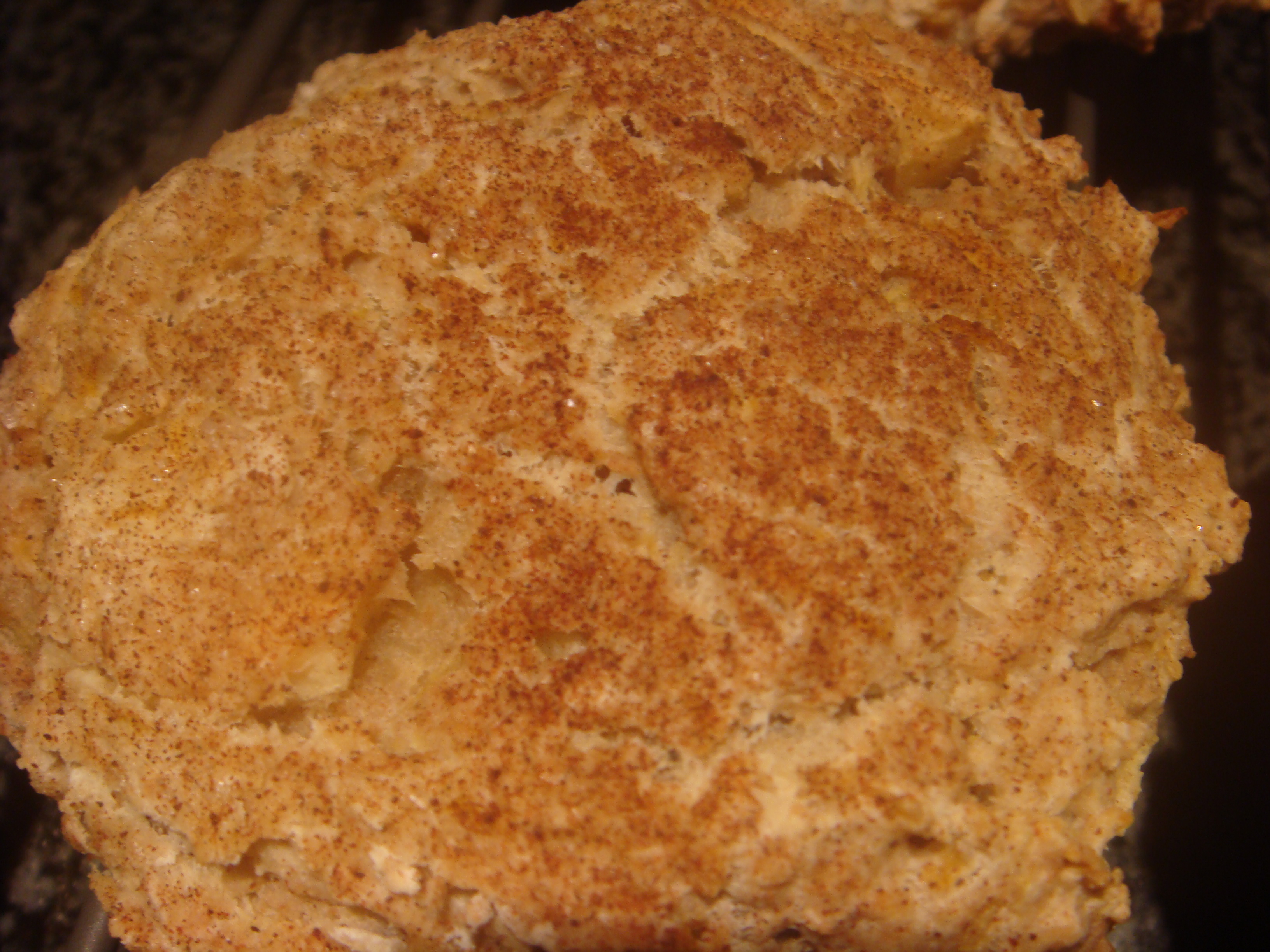Food has an amazing ability to transport you back to a certain time, a specific memory. There are certain tastes you’ll always associate with mom’s kitchen, that perfect date night, or that amazing trip.
I spent my first semester of junior year abroad in Melbourne, Australia. Many of my memories have to do with friends, and just as many have to do with food (most of the time it’s the two combined). I remember family dinners prepared in the dorm kitchen, sticky date pudding from blue train cafe on the Yarra River, and ANZAC biscuits. ANZAC stands for Australia New Zealand Army Corps and I first learned about these cookies from my contemporary Australia course. They were created to be sent to soldiers fighting overseas during World War 1. They have no eggs in them so that they wouldn’t spoil. They’re also one of my favorite cookie– a delicious blend of coconut and oatmeal and though traditionally they’re a hard cookie, I’ve always made them soft and gooey because who doesn’t love a soft cookie?
Though the ingredients are few and simple, they can be tricky to find in the US so I’ve had to substitute… that is until one day about a month ago I went into a fancy food shop in Hoboken and found golden syrup and unsweetened desiccated coconut (finely shredded). Right then I knew I was making ANZAC biscuits.
Ok so here’s what you’ll need (easier to find substitutions in parenthesis as usual)
- 1 cup rolled oats
- 1 cup flour
- 1 cup unsweetened desiccated coconut (shredded coconut is fine, unsweetened shredded coconut is better)
- 1 cup granulated sugar (if you have sweetened coconut, cut this back to 1/2 cup)
- 1 stick of butter
- 1 Tbsp golden syrup (or honey)
- 4 Tbsp boiling water
- 1 tsp baking soda
The prep is quick and simple as well! Melt butter and golden syrup in a small pot over medium heat. Don’t melt it in the microwave… you’ll see why later. 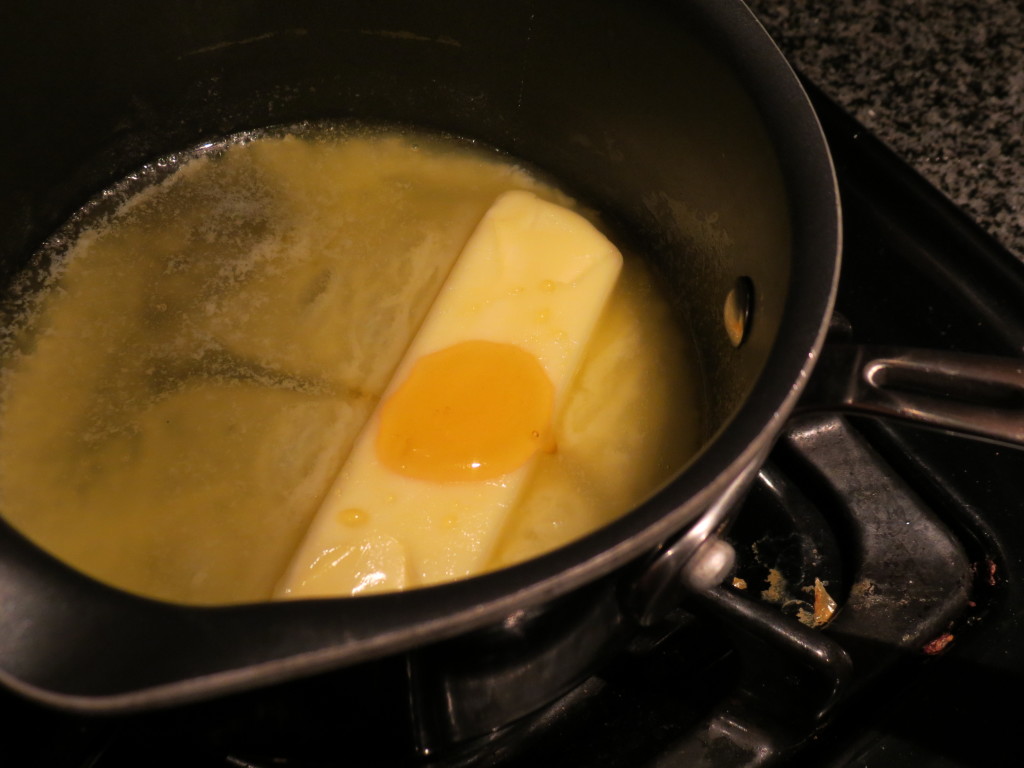 In a mixing bowl, combine oats, flour, sugar, and coconut.
In a mixing bowl, combine oats, flour, sugar, and coconut. 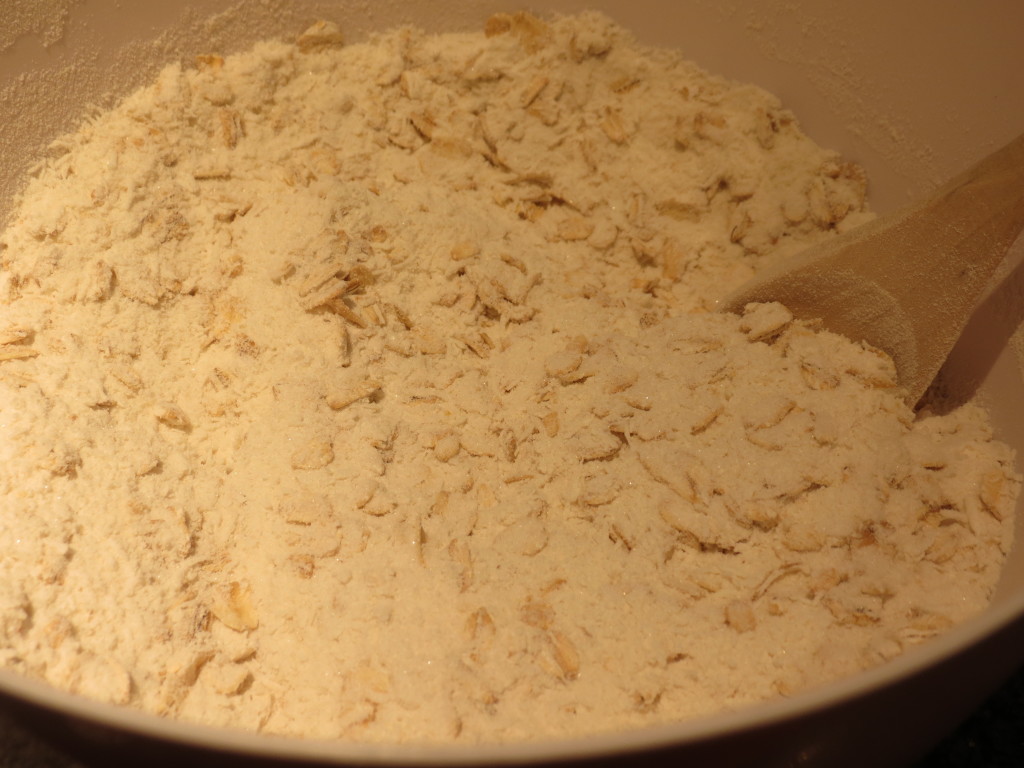 Dissolve baking soda in boiling water and pour into melted butter mixture. This is why you shouldn’t use the microwave… because awesomeness ensues!
Dissolve baking soda in boiling water and pour into melted butter mixture. This is why you shouldn’t use the microwave… because awesomeness ensues! 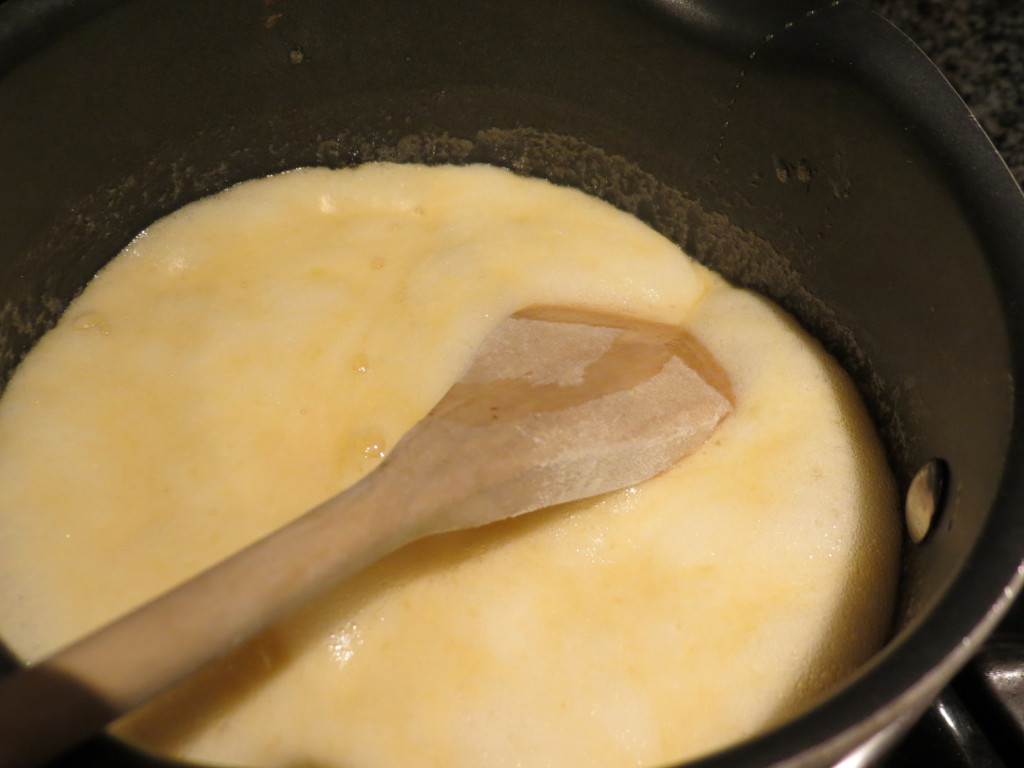 Add the butter mixture to the dry ingredients and mix.
Add the butter mixture to the dry ingredients and mix. 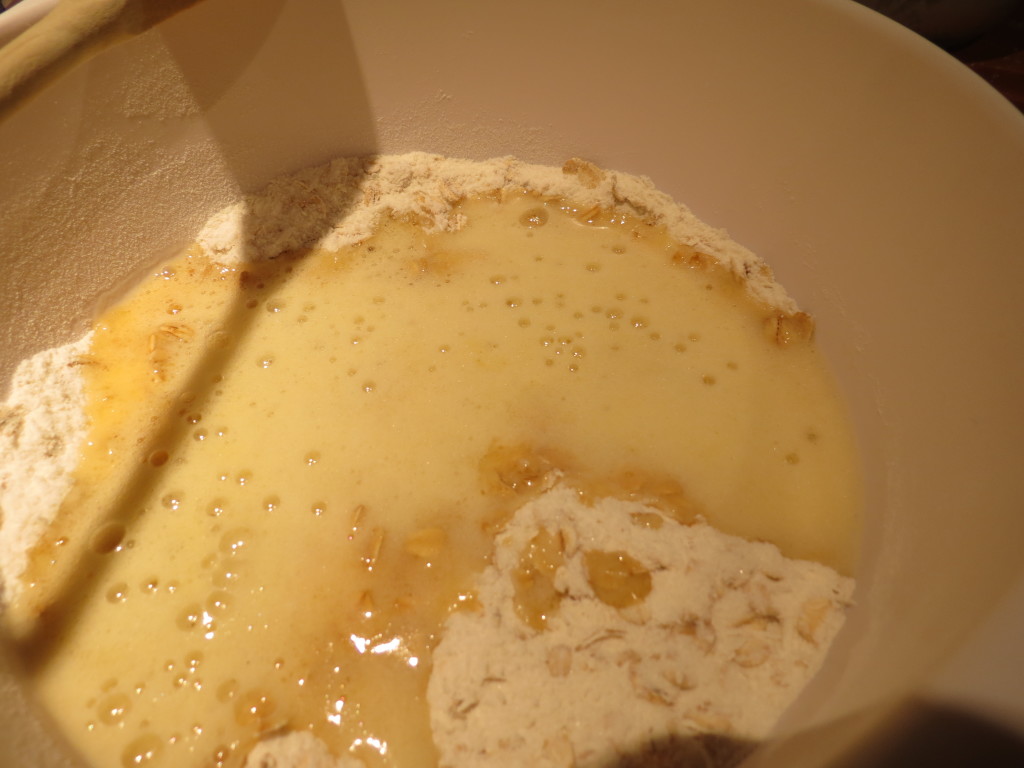 The mix will likely be a bit dry, but 4 Tbsp of water should get you the right consistency (you can add a bit more if you want).
The mix will likely be a bit dry, but 4 Tbsp of water should get you the right consistency (you can add a bit more if you want). 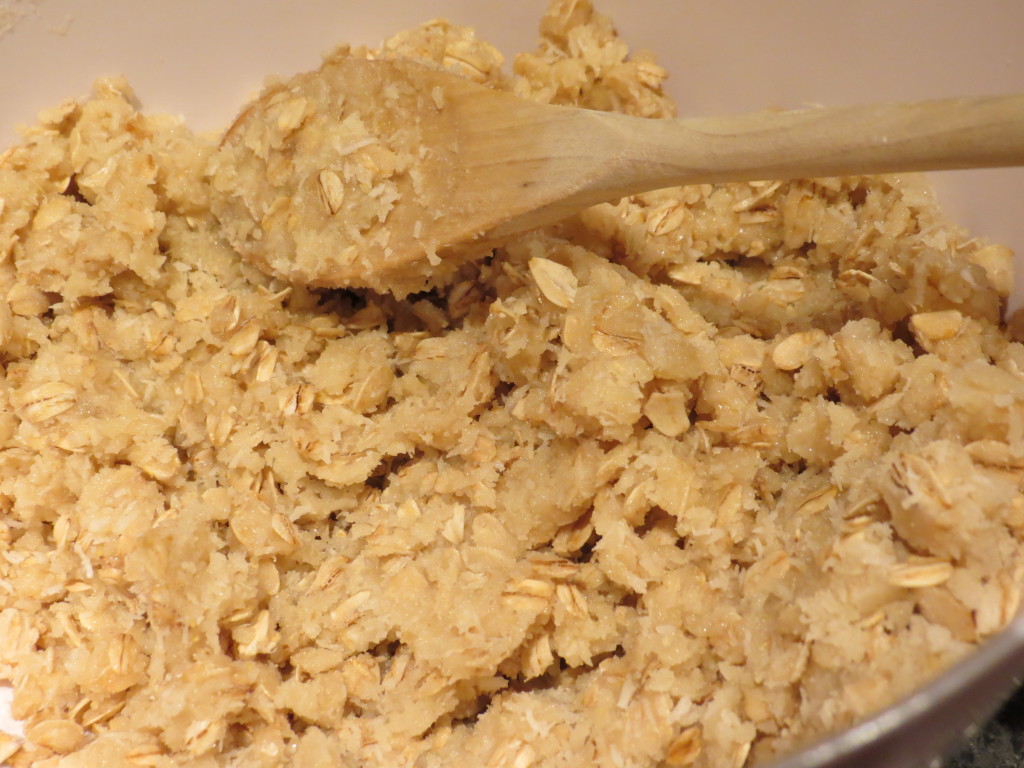 Picking up a small amount of dough, roll it into a ball between your hands, this will help bind everything together and keep the cookie from crumbling.
Picking up a small amount of dough, roll it into a ball between your hands, this will help bind everything together and keep the cookie from crumbling.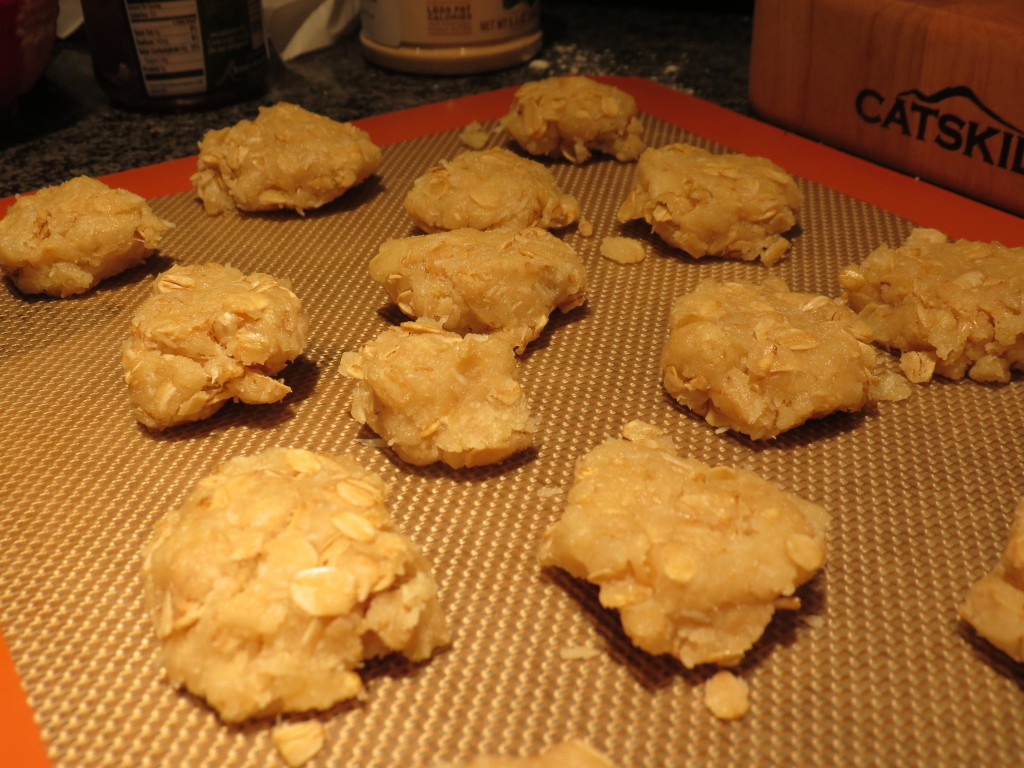 Place on lined baking sheet and bake at 350*F for about 12-15 minutes (I like to rotate the cookie sheet from the bottom to the top shelf halfway through). 12-15 minutes should let the cookies be crispy on the outside and deliciously soft in the middle. You can adjust the baking time to your taste. Let the cookies cool on the sheet or on a cooling rack and enjoy!
Place on lined baking sheet and bake at 350*F for about 12-15 minutes (I like to rotate the cookie sheet from the bottom to the top shelf halfway through). 12-15 minutes should let the cookies be crispy on the outside and deliciously soft in the middle. You can adjust the baking time to your taste. Let the cookies cool on the sheet or on a cooling rack and enjoy!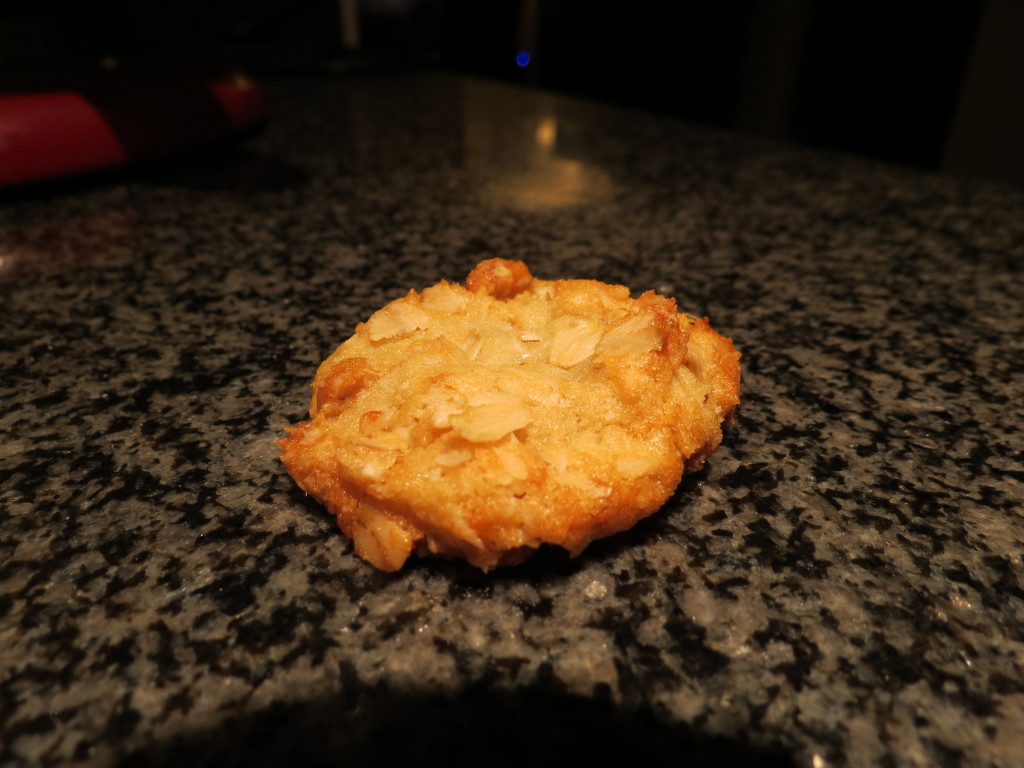
I made smallish cookies and ended up with about 3 dozen which happily fed 2 offices and let us have a few at home for about 1 day. These cookies were a huge hit and I’ve had the recipe requested twice so far. So here it is! A small taste of Australia in the form of a delicious cookie. They’re a fun spin on an oatmeal cookie and if you use unsweetened coconut it’s not overly coconut-ty (though I dont understand people who don’t like coconut). Let me know what you think!



